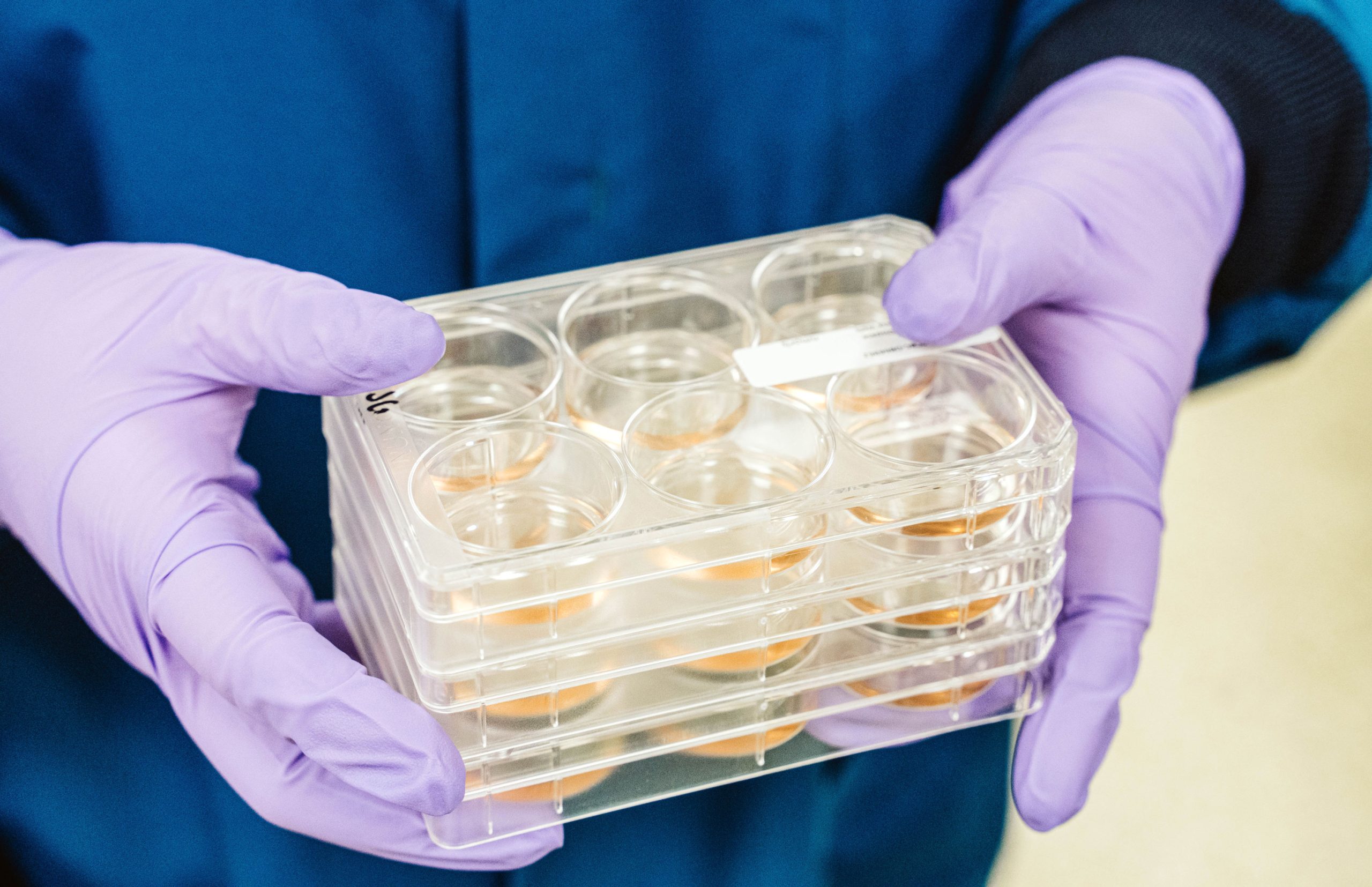NHLBI Next Gen - Sickle Cell Anemia (Dr. Steinberg, Dr. Mostoslavsky, Dr. Murphy, Boston University and Boston Medical Center's Center for Regenerative Medicine)
About the Steinberg, Mostoslavsky, Murphy Next Gen Cell Lines
This collection, from Dr. Martin Steinberg, Dr. Gustavo Mostoslavsky, and Dr. George Murphy (Boston University and Boston Medical Center’s Center for Regenerative Medicine), used erythroid cells from patient-specific iPSCs to study genetic factors modulating the severity of sickle cell anemia and its responsiveness to treatment. This study was largely centered on this feature of the disease where the quantitative trait loci evaluated affect fetal hemoglobin (HbF) expression.
The iPS cell lines in this collection were banked and characterized in the laboratory of Dr. Gustavo Mostoslavsky, Boston University.
Individuals giving rise to iPSC lines were of African American, Arab, or Brazilian descent. Disease states for the subjects include sickle cell anemia as well as no reported diagnoses. Age of donors range from 3-45 years.
For more information on Boston University and Boston Medical Center’s Center for Regenerative Medicine, visit http://www.bu.edu/dbin/stemcells.
The publication describing this collection of Sickle Cell Anemia iPSCs may be found here.
Additional information regarding relationships can be found here.
About the Next Generation Genetic Association Studies (Next Gen) Program
These cell lines were created as Next Generation Genetic Association Studies (Next Gen) Program, which was a five-year, $80 million program to investigate functional genetic variation in humans by assessing cellular profiles that are surrogates for disease phenotypes. To achieve this, researchers from multiple institutions across the U.S. were awarded grants to derive iPS cell lines from more than 1,500 individuals representing various conditions as well as healthy controls for use in functional genomic (‘disease in a dish’) research. This extensive panel includes a diverse set of age, gender and ethnic backgrounds, and therefore will be an invaluable tool for evaluations across demographics. Further enhancing the utility of these cell lines are data sets such as phenotyping, GWAS, genome sequencing, gene expression and -omics analyses (e.g., lipidomic, proteomic, methylomic) that will be made available with the cell lines.
Showing 1–16 of 60 results
Cell Line | Cell Line Alias | Cell Type | Disease | Genetic Alteration/Mutation | Sex | Age at Collection | Ethnicity | Genetically Related Cell Lines | dbGaP Data |
|---|---|---|---|---|---|---|---|---|---|
SS12-1 | Human iPS | Sickle cell anemia SS | A>T mutation in beta globin gene | Female | 27 Years | African American | No | Yes | |
SS13-1 | Human iPS | Sickle cell anemia SS | A>T mutation in beta globin gene | Female | 25 Years | African American | No | Yes | |
SS14-1 | Human iPS | Sickle cell anemia SS | A>T mutation in beta globin gene | Female | 39 Years | African American | No | Yes | |
SS15-1 | Human iPS | Sickle cell anemia SS | A>T mutation in beta globin gene | Female | 28 Years | African American | No | Yes | |
SS16-1 | Human iPS | Sickle cell anemia SS | A>T mutation in beta globin gene | Female | 36 Years | African American | No | Yes | |
SS18-1 | Human iPS | Sickle cell anemia SS | A>T mutation in beta globin gene | Female | 23 Years | African American | No | Yes | |
SS19-1 | Human iPS | Sickle cell anemia SS | A>T mutation in beta globin gene | Male | 30 Years | African American | No | Yes | |
SS24-1 | Human iPS | Sickle cell anemia SS | A>T mutation in beta globin gene | Male | 24 Years | African American | No | Yes | |
SS25-1 | Human iPS | Sickle cell anemia SS | A>T mutation in beta globin gene | Female | 22 Years | African American | No | Yes | |
SS28-1 | Human iPS | Sickle cell anemia SS | A>T mutation in beta globin gene | Female | 25 Years | African American | Yes | Yes |
